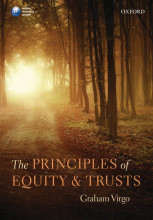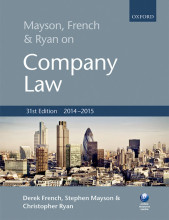Non-Charitable Purpose Trusts - Unincorporated Associations - Property Holding for Unincorporated Associations
8 important questions on Non-Charitable Purpose Trusts - Unincorporated Associations - Property Holding for Unincorporated Associations
Neville Estates Ltd v Madden [1962]
Leahy v Attorney General for New South Wales [1959]
Held: This was not charitable and was not intended to be a private trust for the members of the order, since there were many members of the order who were spread all over the world and the property was only house with 20 rooms that could not have been intended to belong to each nun beneficially.
This was a trust for non-charitable purpose, which was void.
Re Grant's Will Trusts [1980], Vinelott J
- Higher grades + faster learning
- Never study anything twice
- 100% sure, 100% understanding
Leahy v A-G for New South Wales [1959]
Advantages of this analysis of property holding of an UA
Perpetuities and Accumulations Act 2009, section 7(2)
Re Lipkinski's Will Trusts [1976]
Held: This was valid trust for the members of the UA, so that the gift accrued to the funds of the UA according to the terms of the contract between the members.
Re Recher's Trusts [1972]
Held: Because of the political objectives, the gift could not be held for charitable purpose. Rather, it was a gift to the members at the time of the testator's death, but subject to the contract between them.
The question on the page originate from the summary of the following study material:
- A unique study and practice tool
- Never study anything twice again
- Get the grades you hope for
- 100% sure, 100% understanding































